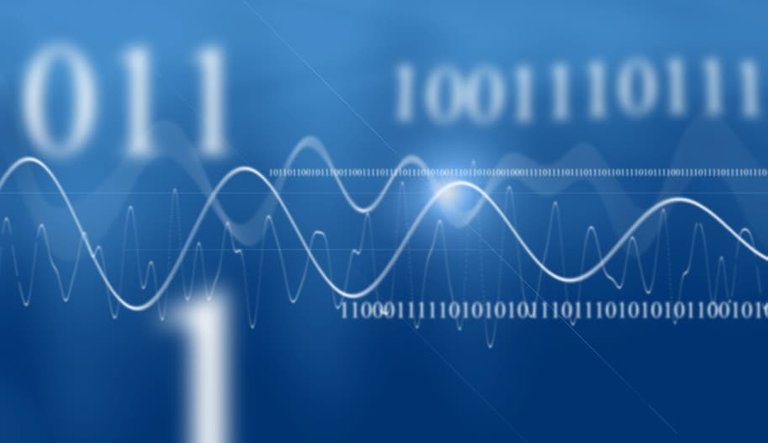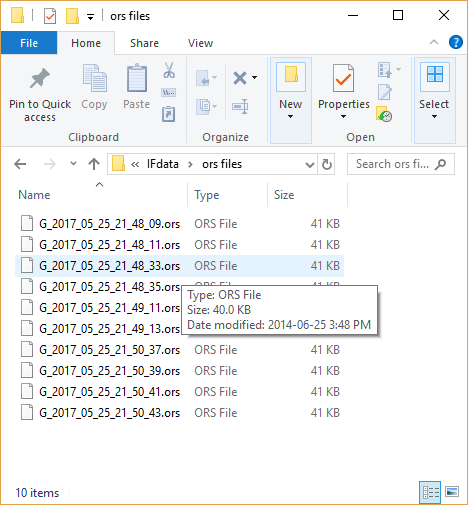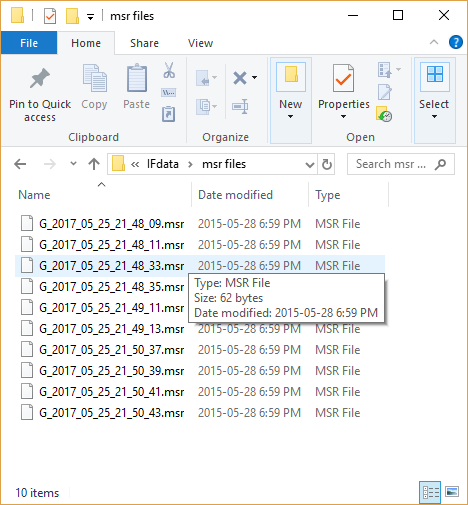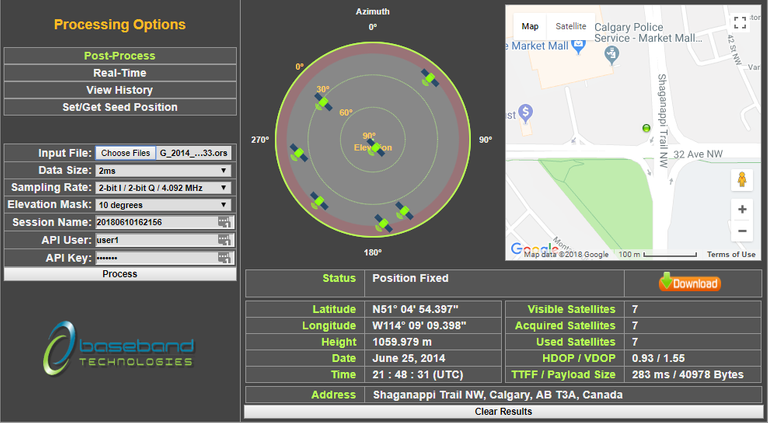What is Snapshot Positioning? (Part 4 – Data Processing module)

In the previous blog posts, I explained one advantage of #SnapshotReceiver which is, that, once the #GPS satellite signal has been captured, it does not need to be processed right away. This means that the parts which consume the most energy can be offloaded to a remote device sometime in the future.
For reference purposes, you can find Part-I, Part-II and Part-III here.
In this blog post, I will be discussing how signal processing is performed in a snapshot receiver and what the advantages are.
#Ephemeris and #ExtendedEphemeris
The problem with older generations of snapshot receiver were the limiting requirements that made them undesirable for real-life use cases; these comprise of a valid Ephemeris, an approximate Time and Position of the receiver.
Ephemeris describes a satellite’s position over a period of time. Conventional receiver obtains ephemeris by decoding the navigation message broadcast directly by the satellites, this downloading process consumes considerable amount of energy. Since the navigation message is broadcast at a very slow data rate – 50 bits per second, it takes ~30 seconds to download it. To make matters worse, when the receiver moves through poor signal areas such as high rise buildings, the incoming signal could be intermittently blocked and must be downloaded again.
The GPS in my cellphone doesn’t seem to take 30 seconds to get a position. Why? Most smartphone-based GPS receiver get around this slow and energy-intense process by connecting to the wireless network to download the ephemeris from a server. This is typically referred to as Assisted GPS #AGPS. While this approach works very well for smartphones, the energy to operate a wireless radio often consumes more than it would by downloading the broadcast ephemeris.
An alternative to AGPS is Extended Ephemeris where an algorithm can predict the ephemeris for up to 28 days. A receiver can download the Extended Ephemeris file at a convenient time such as when it is being recharged. A receiver with Extended Ephemeris can operate autonomously without the need of additional ephemeris information, either from the satellite broadcasts or from a communication network.
Some new breed of conventional receivers has adopted a hybrid approach to combine Extended Ephemeris with occasional broadcast ephemeris download. This approach is suitable for applications that the receiver is ON most of the time (e.g. car navigation), the benefits for #Wearables and #IoT applications that prefer to be OFF most of the time is limited.
Approximate Time and Position
Older snapshot receivers also require a time accurate to sub-milliseconds to 60 seconds and position accurate to ~75km. While the rough time and position could be obtained from #WiFi or #Cell-ID, they offer little value for Wearables and IoT devices unless they are integrated with WiFi/Cell-ID radios. Fortunately, state of the art snapshot receiver has overcome these limitations without additional hardware.
NOTE: If you’re interested in knowing more about why GPS receivers take so long to get a position, you can find it [here].
Data Processing Module
Throughout the course of this ‘What is Snapshot Positioning?’ series, I have explained the basics of a snapshot receiver and three of its four discrete modules – Data Capture, Data Buffering and Data Storage modules. The last module – Signal Processing is a key differentiator between the state of the art snapshot receiver and the conventional receiver.
Signal processing involves the transformation of digitized IF data into ranging measurements (Code Phase and Doppler) and computing the receiver position using signal processing techniques.

In snapshot receiver, each signal capture is digitized and saved as an ORS file. The user has total control over how often and how many milliseconds of IF data to capture. The diagram below is an example of captured IF data. For example, the highlighted IF data file was captured on 25th May, 2017 at 21:48:33 UTC time. Since each millisecond of IF data equals 2 KB (kilobytes), these files contain 20 milliseconds of IF data.

Data Processing starts with running the Measurement Engine which converts the IF data to obtain Code Phase and Doppler information for each visible satellite. This process is sometimes called Pre-Processing. The diagram below shows the pre-processed results. Notice the ORS files have now become MSR files and their file size have reduced significantly from 40KB to 62 bytes.

Once the MSR file has been generated, the next step is to run the Position Engine to compute a user position.
To illustrate the Data Processing concept, I described processing the IF data files by running the Measurement and the Position Engines in two steps. In practice, a graphical user interface (GUI) would be used to process IF data conveniently. For example, the GUI shown below provides the user a series of processing options such as the name of the input IF data file, how much IF data (in milliseconds) should be processed etc. The processing results include the Latitude/Longitude/Height, Date & Time, number of satellites found and used, Dilution of Precision (DOP) values, and how long the server took to process the IF data file.

Summary
In this mini blog series, we have discussed three key advantages of snapshot receiver:
- Once the satellite signal has been captured, it does not need to be processed right away – designer can offload the parts which consume the most energy to a remote device.
- When compared with the conventional receiver, the flexibility in designing with the snapshot receiver is unparalleled – designer can easily construct a #UltraLowPowerGPS receiver by mixing-and-matching the Data Capture, Data Buffer, Data Storage and Data Processing modules to optimize energy consumption for their unique hardware platform.
- To minimize energy further, designer can force the snapshot receiver to remain in a ‘deep sleep’ state most of the time. The receiver will only wake up for a few milliseconds to periodically capture a user’s position, store the captured signal and then go back to a ‘deep sleep’ state to conserve power.
Our Internet connected smart-phones has created a constantly ON world that has us conditioned to expect everything to be ON instantly. The penalty for using traditional receiver to satisfy our ‘instant everything’ desire is the significant waste of energy. Hence, traditional receivers are too power-hungry for small electronics using small batteries.
Snapshot receiver technology operates counter-intuitively by forcing the receiver to be always OFF to conserve this precious energy; it uses advanced processing techniques that enable the receiver to be turned ON just for a few milliseconds. For low-power Wearables and IoT applications where position fixes are needed but energy consumption must be kept to a minimum, snapshot receiver is ideal.
Congratulations! You should give yourself a pat on the back because you now know more about Ultra Low Power GPS receiver than 99.9% of the people on this planet!
This marks the end of the “What is Snapshot Positioning” series. My goal for this blog is to be a platform of information, communication and learning as well as being an inspiration for those who are interested in implementing Ultra-Low Power GPS and #Blockchain, my next blog series will be about the Block Chain technology and what GPS has got to do with it. I hope to see you then! Bye for now.
Congratulations @fy1000000! You received a personal award!
Click here to view your Board
Congratulations @fy1000000! You received a personal award!
You can view your badges on your Steem Board and compare to others on the Steem Ranking
Vote for @Steemitboard as a witness to get one more award and increased upvotes!